#cold forests
Explore tagged Tumblr posts
Text
The study, published in Ecology and Evolution, explores forests that experience "cold-air pooling," a phenomenon where cold air at higher elevations drains down into lower-lying valleys, reversing the expected temperatures—warm at the bottom, cold at the top—that typically occurs in mountainous areas. That is, the air temperature drops with descent from mountain to valley.
"With temperature inversions, we also see vegetation inversions," says lead study author and former UVM postdoctoral researcher Melissa Pastore. "Instead of finding more cold-preferring species like spruce and fir at high elevations, we found them in lower elevations—just the opposite of what we expect."
And the effect on these ecosystems is substantial: "This cold-air pooling is fundamentally structuring the forest," says study co-author and UVM professor Carol Adair.
This insight "can help forest managers prioritize and protect areas with frequent and strong cold-air pooling to preserve cold-loving species as the climate warms," says Adair.
The researchers looked at three forested sites in New England, ranging from the shallow, crater-like Nulhegan Basin of Vermont's Northeast Kingdom, to the higher peaks and deeper valleys of the Green Mountains, over two years. They collected data on the types of trees present across elevation transects and monitored temperature hourly.
The researchers found that, far from being the occasional nighttime, seasonal phenomenon it's historically been thought to be, cold-air pooling happens frequently, year-round, well into daylight hours, Adair says. The phenomenon occurred at every site they studied, but was strongest at the site with the shallowest elevation change.
Refuge in a changing climate
Locations experiencing this phenomenon might prove essential to conservation efforts aimed at preserving cold-adapted species, even as the larger climate warms, Pastore notes. "These cold-air-pooling areas could be valuable targets for small areas that provide a refuge from climate change; they're areas that might be buffered from, or even decoupled from, climate change, and they're harboring cold-adapted species that we know are vulnerable."
She adds that conserving such locations may provide enough time for species to adapt to climate change by either migrating, or by mixing genes with neighbors to assume traits needed for survival in a hotter world.
In this way, Pastore says, "These pockets of cold habitat can act as steppingstones for some species—can buy them that time."
Conserving such locations may have practical applications, as well, says Adair, "including carbon storage and small-scale recreational opportunities," adding that cold-loving coniferous tree communities tend to store more carbon than deciduous trees, and forest soils may also hold onto moisture longer—important during periods of extreme rain.
Cold-air pooling has been historically and anecdotally observed elsewhere, Adair says, but this study is the first to quantify it to this degree across many sites beneath the forest canopy, and more research is planned to explore its temporal and geographic extent.
Cold-air pooling is not a panacea, Pastore warns. These forests are "still going to warm—I definitely don't want to say these are complete safe havens, because climate change will happen there, too—but it might be slower, and maybe species that might otherwise disappear in a warmer climate will remain longer in these locations."
The research is highly relevant in a changing climate, as ecologists seek to model what may happen to species that require cold conditions. "If you don't have this process in your model," Adair says, "you're going to miss that there are these areas where cold-loving species can persist and are persisting."
The work has been a hopeful change of pace, Adair says. "I'm excited about the fact that this is good news, in a way. These areas can help cold-adapted species persist." She adds, "A lot of my research is telling people why bad things are happening, so this is nice. It's not all good news, but it's some good news. These places exist. We can use them. They're important. They're clearly structuring forests."
#good news#global climate change#climate crisis#environmentalism#science#environment#forests#climate resilience#nature#conservation#climate change#animals#cold forests#climate change adaptation#climate change resiliency
31 notes
·
View notes
Text
📍Rovaniemi, Finland 🇫🇮
#video#view#paradise#nature#paraiso#natureza#explore#travel#trip#vacation#finland#finlândia#deer#veado#cold#winter#inverno#goals#travel destinations#forest#wood#cold lake#sky#snow#neve
8K notes
·
View notes
Text




Yamagata, Japan by Yukiko Fuyuno
#landscape#winter#snow#trees#forest#minimal#nature#naturecore#outdoors#woods#lake#frost#cold#photography#japan#travel#curators on tumblr#uploads
1K notes
·
View notes
Text

snowy perch
#snow#winter#owl#tree#outdoors#nature#peaceful#serene#winter wonderland#fantasy#cold#bird#trees#forest#woods#trees and forests
1K notes
·
View notes
Text

835 notes
·
View notes
Text

Foggy December Forest
#artists on tumblr#original photographers#original photography#hiking#pacific northwest#nature#washington#pnw#nikon#orofeaiel#forest#moody#fog#foggy#december#goblincore#winter#cold#trees
1K notes
·
View notes
Text

x
#regional gothic#canadian gothic#prairie#midwest gothic#rural decay#rural gothic#rural#abandoned#rural canada#rural america#winter#snow#cold#abandoned house#cabin#woods#forest
669 notes
·
View notes
Text


on my freak shit (fear/comfort/reassurance)
#fnaf#daycare attendant#sun#moon#eclipse#cole#first pic context: thinkin of runnin thru the woods as these bitches hunt u down for funsies#listen dont look at me im built different#whats a better bonding activity then hunting down ur newly aquired little pet through the cold dark forest at night#or thru the plex basement if ur keepin it security breach style#get them all spooked and upset so u can snugglecuddle them better
573 notes
·
View notes
Text

#art#nature#photography#nature photography#naturecore#tumbrl#photographers on tumblr#artists on tumblr#writers on tumblr#trees#trees and forests#forest#cottagecore#cosplay#pixel art#sunrise#sunset#sunshine#sun#sky#winter#illustration#snow#lgbtq#landscape photography#cold#science#digital art#drawing#philosophy
433 notes
·
View notes
Text
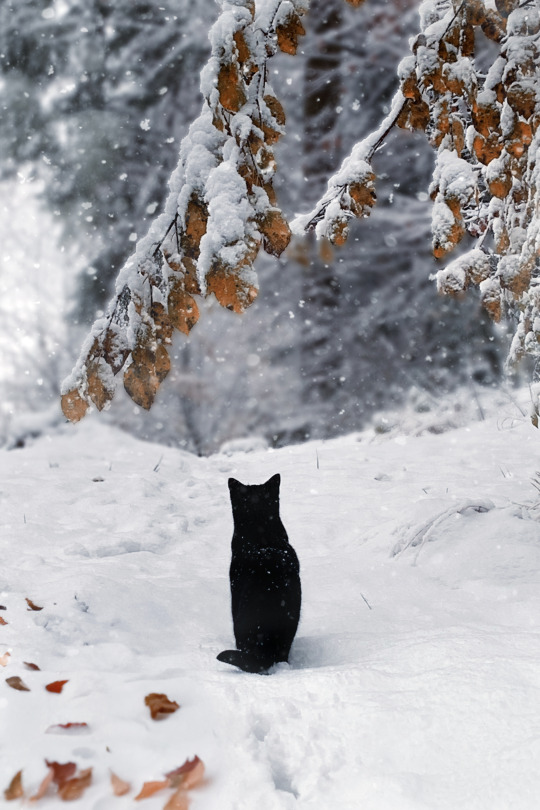
Kitty adventures
#kitty adventures#black cat#forest#winter#cold#snow#photographer on tumblr#photographers on tumblr#autumn leaves
2K notes
·
View notes
Text

Andrew Wyeth • Below the Dam, 1963
#andrew wyeth#wyeth#watercolor and pencil#watercolor#pencil#american gothic#midwest gothic#michigan gothic#rural america#southern gothic#rural#ruralcore#painting#america#pennsylvania gothic#pennsylvania#art#ice#frozen#pond#trees#bare trees#winter#snow#wintercore#winter aesthetic#cold#tree#winter trees#forest
564 notes
·
View notes
Text
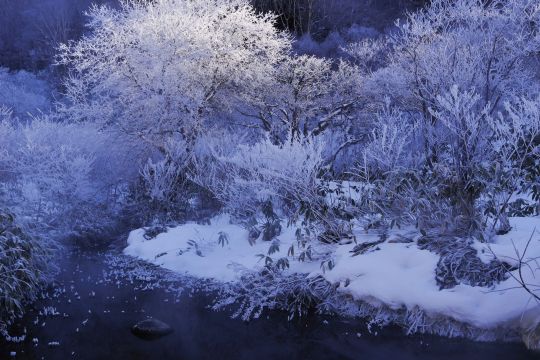
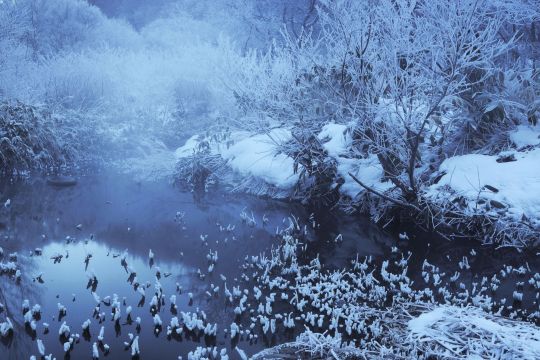
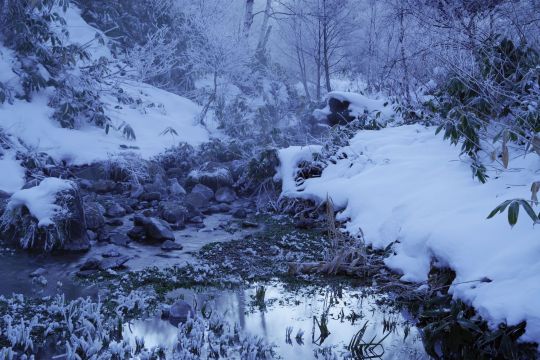
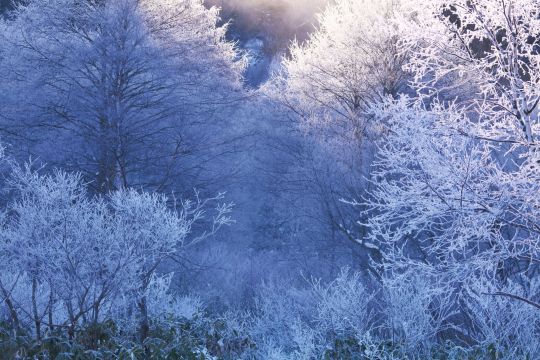
by watarase
#winter#snow#trees#woods#forest#weather#cold#landscape#nature#frost#river#naturecore#curators on tumblr#uploads
3K notes
·
View notes
Text
" Ice & Snow ❄️🌨️" // © Benedikt Hoehny
Music: © Trevor Morris - Reflections on a Hero
#Allgau#Germany#nature#landscape#Winter#Snow#Ice#Frost#Forest#Trees#Fog#Cold#reels#photography#aesthetics#wanderlust#explore#follow#discover
385 notes
·
View notes
Text
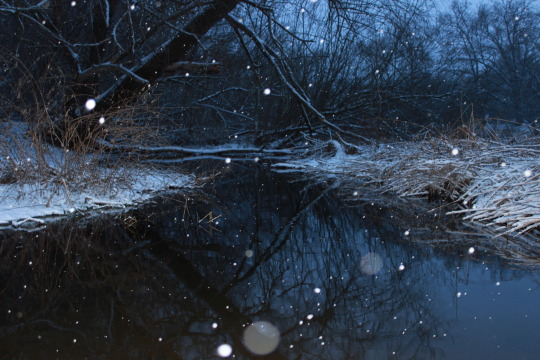
02/26/23
2K notes
·
View notes

